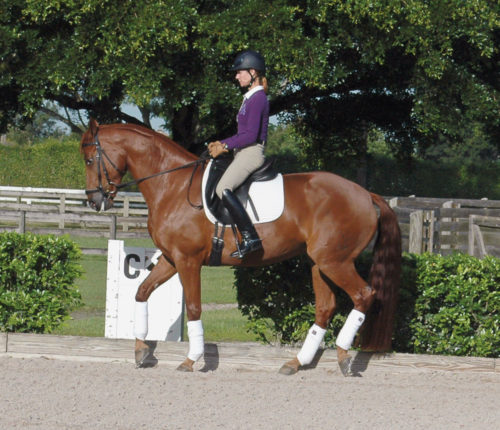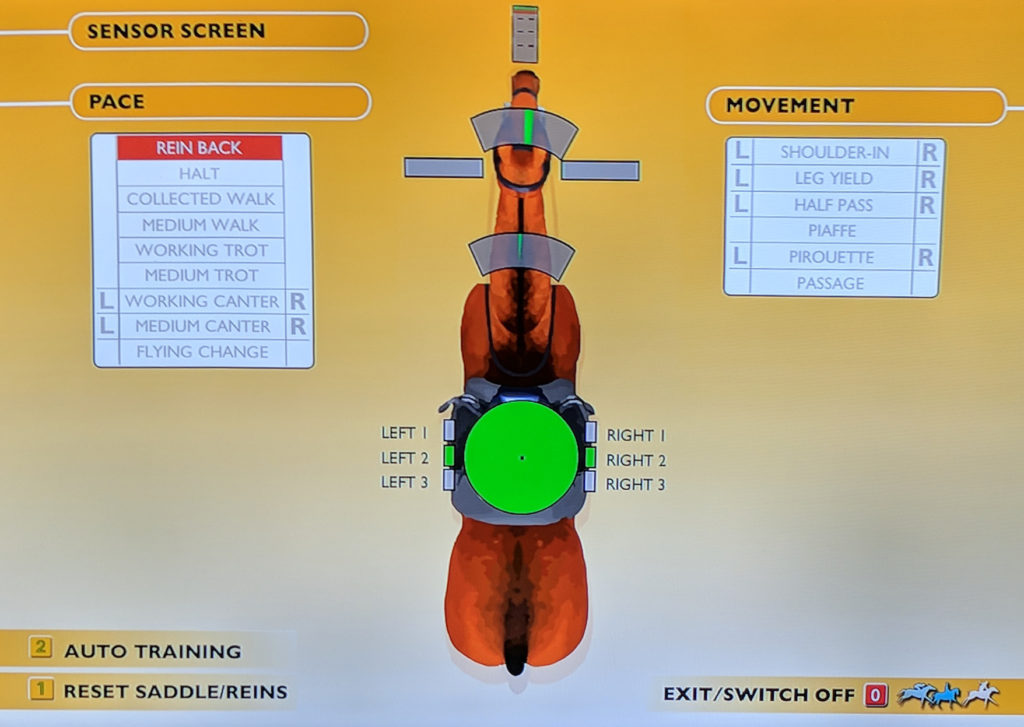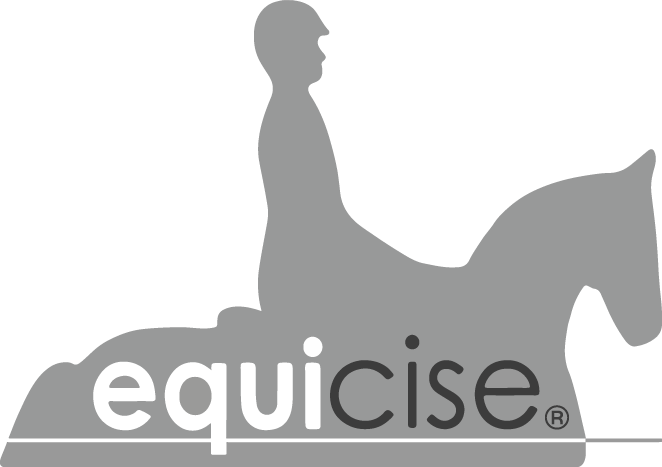04 Jun 16. Rein back

We have already discussed several lateral movements – leg yield, shoulder in and turn on/about the forehand (in Articles no 13, 14 and 15 respectively) – and we will address others in the future. These are all exercises that help promote a horse’s suppleness, loosen its muscles and improve its balance and may also serve as good preparation for collection.
This time, we consider rein back, a two-beat movement in which the horse moves backwards in a straight line, moving its legs in diagonal pairs. This is most definitely a useful tool for collection – it really engages the hindquarters – as well as helping to lighten the forehand and focus the horse.
One of the most important things to bear in mind when attempting rein back is the need to keep all your aids light and subtle which will encourage your horse to remain soft and supple – achieving a well-executed rein back may take time, so you should be prepared to be patient.
Starting from (ideally) a square halt, you should look straight ahead, sitting tall and straight. Then lighten your seat by lifting the weight off your seat bones – this will help free your horse’s quarters and make stepping back easier. Maintaining equal pressure on both reins, close both legs simultaneously behind the girth. Encourage your horse to move back by squeezing gently on each rein alternately in time with the corresponding hind leg, remembering to apply even pressure to prevent your horse from swinging out its quarters or bending its neck to one side.
Some people suggest teaching rein back with the horse facing a wall or fence which may make it more obvious that you are asking it to step backwards while also blocking forward movement. Others consider it helpful to position the horse alongside a fence or wall as a way of encouraging straightness. If you have access to an equestrian simulator, you will find it a useful tool as it will help you learn the correct leg and rein aids (position and degree of pressure required).
Start with a single step and gradually build up to perhaps four or five steps, using your voice as a reward rather than stopping to pat your horse during the movement as that may cause confusion. Once you have completed the exercise, however many steps you have achieved, you should bring your weight back down onto your seat bones and sit tall. Keep your legs quietly on your horse’s sides, think halt and keep a light, even rein contact, then immediately ask your horse to move forward by closing both legs around its sides and relaxing your rein contact – you can choose to ride out of the exercise in walk, trot or canter.
As with any exercise, there are plenty of potential pitfalls, even leaving aside the temptation to use aids that are too strong. Sometimes rein back can become a four-beat movement if the horse’s legs are not stepping back in diagonal pairs or it may not travel in a straight line. Your horse may resist your aids, shuffle, drag its feet or rush backwards with uneven steps and in an irregular rhythm. A hollow back from either horse or rider is another common fault, along with incorrect rein aids – hands that are too set, are see-sawing or fidgeting.
Despite the time it may take to achieve a well-executed rein back, the benefit is very apparent – you may have seen top show jumpers asking for rein back followed by a spring into canter before they attack the fences, a clear demonstration of how the movement helps to engage the horse’s hindquarters.
The EQUICISE allows you to practise the correct leg aids and body position required to perform rein back as many times as you like, which you could not do on a real horse without causing it distress.
Book a LESSON on the EQUICISE to help you develop correct and accurate aids.
PRACTISE THIS ON THE SIMULATOR

To rein back from halt, on "Instruction ride" screen, press your legs on the second leg sensors, moving them back from your hips, moving your knees back, and not only your heels. Make sure you keep your seat well balanced, with the red dot in the centre of the screen. Your hands must keep even contact as well.
PRACTISE THIS ON THE SIMULATOR

To rein back from halt, on "Instruction ride" screen, press your legs on the second leg sensors, moving them back from your hips, moving your knees back, and not only your heels. Make sure you keep your seat well balanced, with the red dot in the centre of the screen. Your hands must keep even contact as well.




